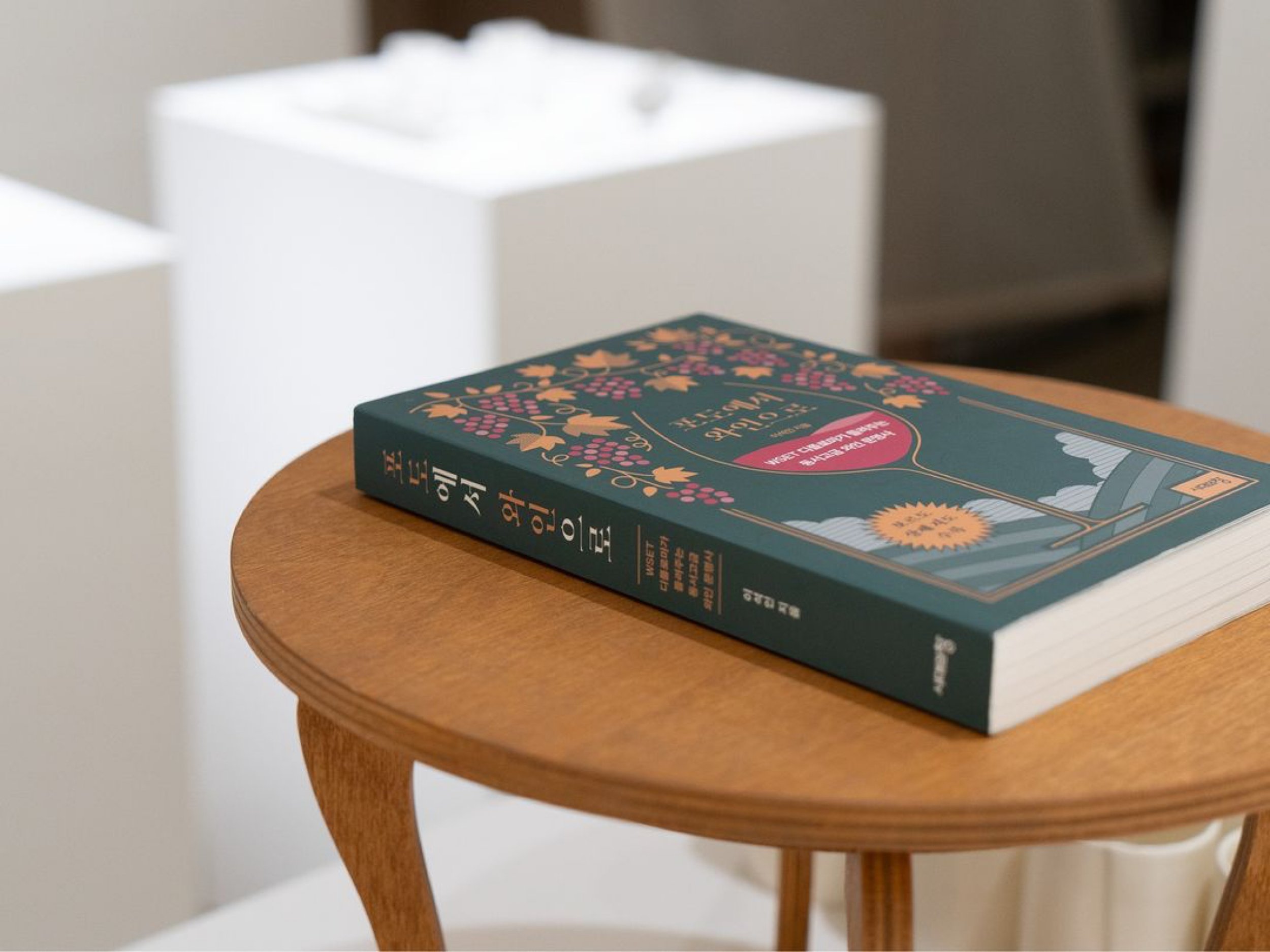FROM GRAPES TO WINE
From the West to the far East, a history of the world's wines across the entirety of human civilization.
Wine is a drink that most closely resembles and reflects the human civilization. Somewhere on Earth, wine was being made even before humans could walk on two feet, and the wines that were 'discovered' by humans have long since 'matured' with the development of civilization.
This book is a record of the traces of wine in the history of human civilization, written by a Korean author who holds the WSET Diploma, one of the most renowned institutions of wine certification. From the beginning of time, through the age of Noah, through the age of philosophy and religion, to the age of man, the age of science, and the age of taste and artificial intelligence, this book is a chronicle of Grapes to Wine.
Until now, most books on the topic of history of wine have been limited to telling the Western story. At first glance, this may seem obvious. But is wine a truly "Western drink"? This book presents a "true world history of wine" from the "birthplace of wine," the Middle East, to China, Japan, and Korea.
Savoring a glass of wine is like experiencing the civilizational history of how grapes became wine. Whether you are new to wine or want to deepen your appreciation for the marvel, this book will provide a truly fulfilling and rich experience in wine.
The story of wine in myth and religion, history and civilization, and works of art
Humanity's first wine was discovered in the Middle East. And today's wine culture has its roots in the Middle East, as well as in European and Christian cultures. Because of this terroir, for a long time, wine was a Western and Christian drink. But grapes that escaped Noah's Ark, which washed ashore at the foot of Mount Ararat, bathed Mesopotamia in wine. Ancient Egyptian murals detail these ancient people making wine from grapes. Crossing over to ancient Greece, the grape makes its presence known in ancient texts, and by the time of Homer, it appears in several great epics. Then, in the age of mythology and philosophy, wine was celebrated by Dionysus and the philosophers, ripe for the picking deep into the history of human civilization. Brought to Western Europe by the Romans, wine awaited its time, albeit in the Dark Ages, in deeply walled monasteries, where it matured alongside religion. The world has changed, and people are traveling across continents in large ships. Wherever they went, so did the grape vines. Once outside of Europe, grapes took root on unfamiliar continents and, nourished by technological advances, "wine-making villages" sprang up around the world. Soon, humanity had entered the age of wine. The history of wine, a "blending" of culture, religion, capital, and values, is the history of human civilization. From the earliest times to the present day, grapes and wine are represented in religious and mythological stories, in historical records and traces of civilization, and in artifacts and works of art, including cave paintings.
Amphorae, oak barrels, glass bottles, corks, and technology
It takes a long time for grapes to become wine, and a lot of "help" along the way. There must be a cellar for the grapes to ferment 'properly', a bottle for the wine, a cork to stop the bottle, and the experience and science behind the process. Today, we can easily pop a cork, pour wine into a glass, and savor its flavors and aromas. We can imagine that it took a lot of historical experience for this "act" to become "routine". This book is not only about grapes and wine, but also about the tools and technologies surrounding wine from a civilizational perspective. There are plenty of 'good to know' stories, such as why the amphorae (jars) used by the ancients had pointed bottoms, when wooden barrels were first used to store wine, who invented the modern glass bottle, when corkscrews appeared and how to make them. In addition, there are stories about the rise of higher-alcohol wines, the vine plague that ravaged Europe, grafting techniques, and Pasteurization. Recently, Korea has also experienced a wine revolution. Once considered a 'hard to get' drink, it's now easy for anyone to find a good bottle of wine at their local convenience store. Moreover, Korean wine is developing every day. The Goryeo people's desire to drink mulled wine and live in Cheongsan (a lyric from an old folk song in Korea) can now be easily fulfilled with a bottle of wine from the convenience. Wine has become a natural part of our daily lives. This book is the perfect companion for readers who want to learn of the deep flavors that have nurtured and matured with mankind.



